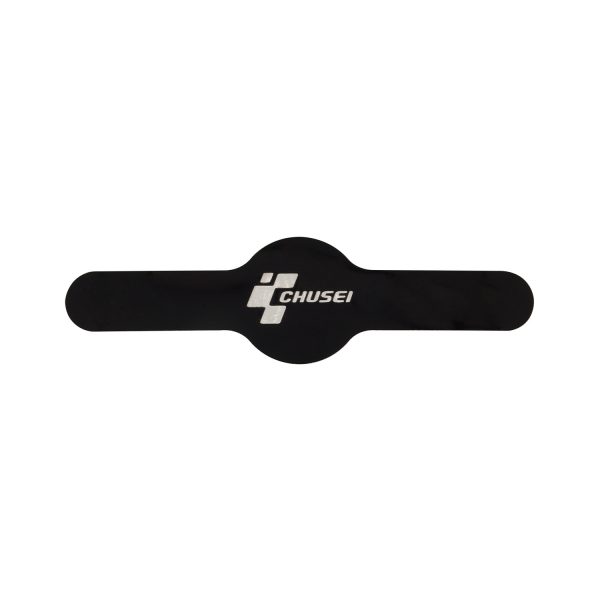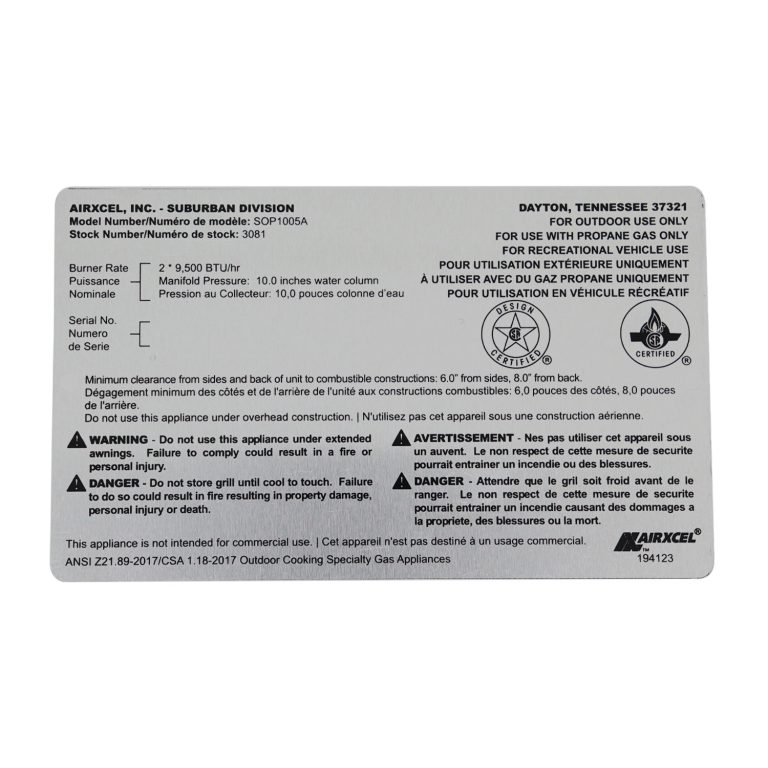What is A “Nameplate”?
A nameplate is a piece of metal used to identify, display or explain information. It is a kind of identification plate made of metal, plastic and other materials, usually contains text, numbers, symbols, graphics and other information. It is widely used in various equipment, product, machinery, construction and other occasions, and is used to indicate product model, specification, production date, manufacturer information, safety warnings and other important content. The metal nameplate has a variety of materials, including stainless steel, aluminum, copper, titanium, etc., which have good corrosion resistance, wear resistance and aesthetics.
Features & Benefits of Nameplate Include:
The nameplate has the characteristics of wear resistance, corrosion resistance, long life, aesthetics and so on. The metal label of different materials also has different characteristics, such as the metal name plate is not easy to deform, etc. At the same time, the texture and luster of the metal material make the metal name plate more visually attractive and grade.

How Are Nameplate Constructed?
The structure of the nameplate can vary depending on the application, material, size and design requirements. However, in general, the basic structure of the nameplate can include the following parts:
- Substrate
This is the main part of the nameplate, usually made of metal (such as stainless steel, aluminum, copper, etc.), plastic or other durable materials. The choice of substrate depends on the use environment of the nameplate, durability requirements and cost considerations.
- Information layer
The information layer is the part of the text, numbers, symbols, graphics and other information displayed on the metal plates and tags. This information can be printed, etched or engraved on the substrate by a variety of methods. For example, information layers can be made using techniques such as screen printing, laser engraving, and chemical etching.
- Protective layer
To protect the information layer from wear, corrosion or damage, a protective coating is usually added above the information layer. This coating can be transparent to maintain the clarity of the nameplate information, and has wear and corrosion resistance.
BX Panel Nameplate Technical Information
Laser engraving technology
Laser engraving uses high energy laser beams to carve words and patterns on the surface of the nameplate. This process can be carried out on almost any material surface, the engraving effect is clear, and art elements can be added to enrich the nameplate content. The laser engraved nameplate has the characteristics of good durability, water resistance and corrosion resistance.
Stamping process
The inscription or design is carved on the steel plate, and then the etching liquid is used to make the metal labels. This process is mostly used in automotive engines and other mechanical equipment. The steel nameplate is resistant to high temperature, wear and corrosion, and is very suitable for use in harsh environments.
Mechanical engraving process:
The engraving machine and different shaped knife heads are used to carve the text or pattern on the surface of the nameplate. This process is suitable for a variety of materials, such as stainless steel, aluminum-plastic panels, copper and so on. The mechanically carved text is clear, bright and colorful, giving people a sense of refinement.
What Special Features Can Be Incorporated into Nameplate?
RFID tags: Some high-end custom nameplates will integrate RFID (radio frequency identification) tags to achieve wireless data reading and transmission, and improve the intelligent level of product management.
Luminous/reflective function: In order to enhance visibility at night or in low-light environments, some nameplates will add luminous or reflective materials.

Design Features of Nameplate
Custom design: The design of the nameplate can be customized according to customer needs, including text, pattern, color, etc.
Multiple sizes: The size of the nameplate can be adjusted according to the product and application scenario to meet different needs.
What Industries Use Nameplate?
The nameplate has applications in many industries, and its clear information identification function plays an important role in the identification, management, use and maintenance of products, equipment, machinery, etc., so it is widely used in the machinery and equipment industry, electronic products industry, automotive industry, building decoration industry, etc.